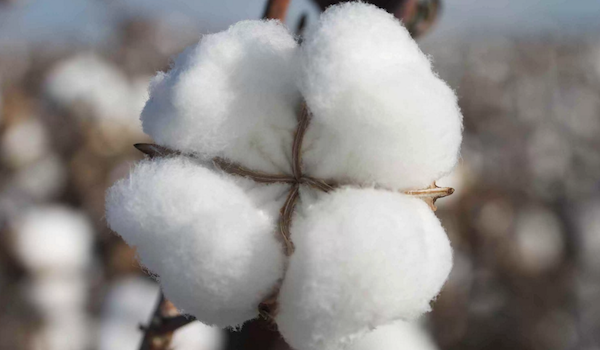
COTTON COMPETITION TIME

At Selvedge we have Vincent McKernan’s fabulous book The Story of Cotton to give away to three lucky readers during the release of issue 76, the Trade Winds issue, out now. To enter the competition, just follow the link at the end of this page. In the meantime, we’ve published an exclusive excerpt from issue 76's in-depth feature, Cotton Tail, considering the implications of The Flying Shuttle…
A single person operating a loom from home, could only produce a piece of cloth that was as wide as their outstretched arms because they had to be able to throw the shuttle, carrying the weft through the warp, and catch it. If wider cloth was needed it took two people to throw the shuttle. The process of making cloth therefore had limitations, both in terms of the width of the cloth that could be produced and the speed of production.
In 1733 John Kay from Bury Lancashire patented an automated shuttle that, through operation of a lever, threw the shuttle through the waft at a tremendous rate. The shuttle, with the weft wound onto it, was placed in a wooden box which contained a sliding hammer, which in turn was attached to a cord. The weaver pulled the cord and the hammer slammed into the shuttle shooting it across the waft at a terrific speed.
To make the shuttle move even faster. a small modified roller was attached to the shuttle and the shape was made more aerodynamic and capped with metal ends. The shuttle was then caught on the other side in another box and brought to a halt with leather straps and the process repeated. Unfortunately sometimes these straps broke and people were seriously injured by these shuttle missiles. The Flying Shuttle produced incredible results. A single person could produce broad pieces of cloth very quickly. The speed of the operation meant that there was soon a shortage of thread and so it gave impetus to develop spinning machines. To read more of Cotton Tail, pick up a copy of issue 76 in stores, or order yours here. To be in with a chance to win Vincent McKernan’s book The Story of Cotton, click here. For more information on this book, go to Third Millennium Publishing: https://tmbooks.com/the-story-of-cotton-hb.html



